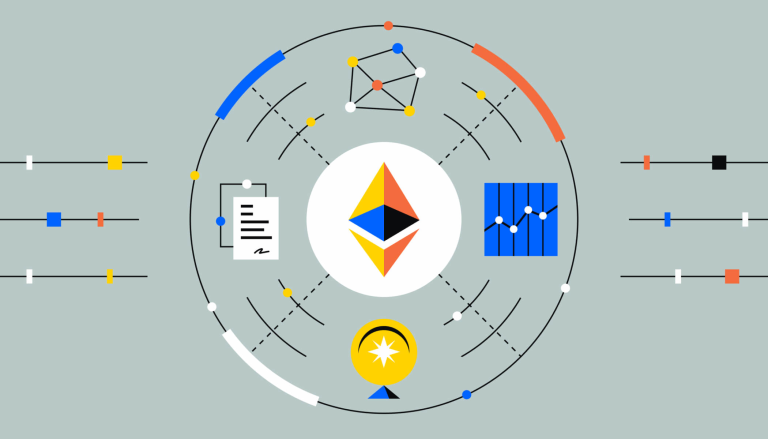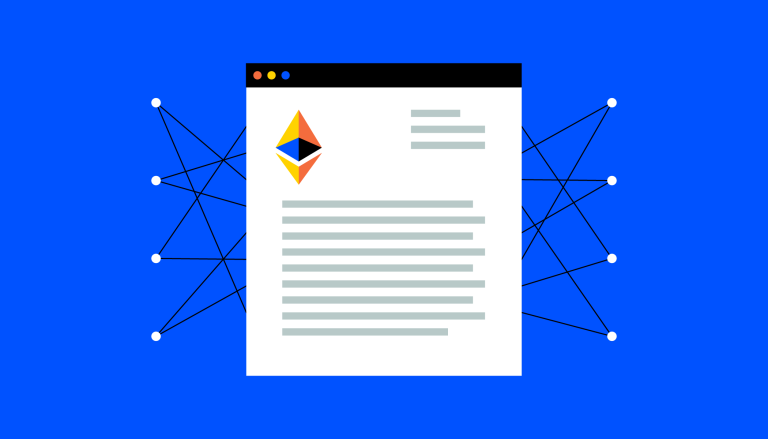What is an Ethereum Improvement Proposal (EIP)?

Understanding Ethereum Improvement Proposals (EIPs)
Ethereum Improvement Proposals, or EIPs, provide a means for Ethereum community members to contribute to the development and evolution of the network. They allow users to suggest changes, engage in proposal reviews, and participate in discussions. This process is similar to how centralized tech firms update their software, but in a decentralized network like Ethereum, the community submits potential changes in a standardized way.
EIPs are standards that aim to specify potential upgrades or functionalities to the Ethereum protocol. They allow developers and community members to propose new solutions, protocol specifications, modifications, and features to the network. If the Ethereum community accepts the EIP proposal, the network aims to be upgraded with the proposed changes or new features. EIPs are similar to the Bitcoin Improvement Proposal (BIP) used by Bitcoin for improvement suggestions.
EIPs vs ERCs
An ERC, or Ethereum Request for Comments, outlines the rules and specifications that developers must adhere to when creating new features, tokens, libraries, or smart contracts within the Ethereum blockchain. Thus, while EIPs are used to suggest improvements to the Ethereum network itself, ERCs are used to create new Ethereum-based tokens or standards, such as ERC-20 tokens and non-fungible tokens (ERC-721). Essentially, ERC is a subcategory of EIP.
The Impact of EIPs
EIPs play a role in the Ethereum ecosystem. They serve as formal proposals that suggest modifications or enhancements to various aspects of the network. These proposals are part of the governance model that Ethereum espouses, wherein any community member can initiate changes.
EIPs cover potential modifications, from minor tweaks to major overhauls that could necessitate a hard fork — a process wherein the blockchain diverges into two separate paths. The EIP framework is designed to ensure that all proposals undergo a detailed review process and a methodology for community input, discussion, and refinement.
Types of EIPs
There are numerous types of EIPs, each with a distinct focus. Standard Track EIPs propose changes that could impact the entire Ethereum protocol, such as adjustments to the consensus mechanism. Core EIPs deal with improvements regarding consensus forks and other topics related to Ethereum’s “core development.” Networking EIPs pertain to network protocol specifications. Interface EIPs include changes to "client API/RPC specifications and standards," according to the official EIP website. ERC EIPs apply to changes on application level standards and conventions.
The EIP Process
Once an EIP is submitted, it undergoes several processes to decide whether to include the changes. These include the Draft stage, where an EIP is openly being considered; the Last Call stage, where an EIP is ready for review; the Final stage, where an EIP has undergone initial consideration and is ready for implementation; and the Deferred stage, where an EIP will not be immediately adopted but is being considered for later adoption.


